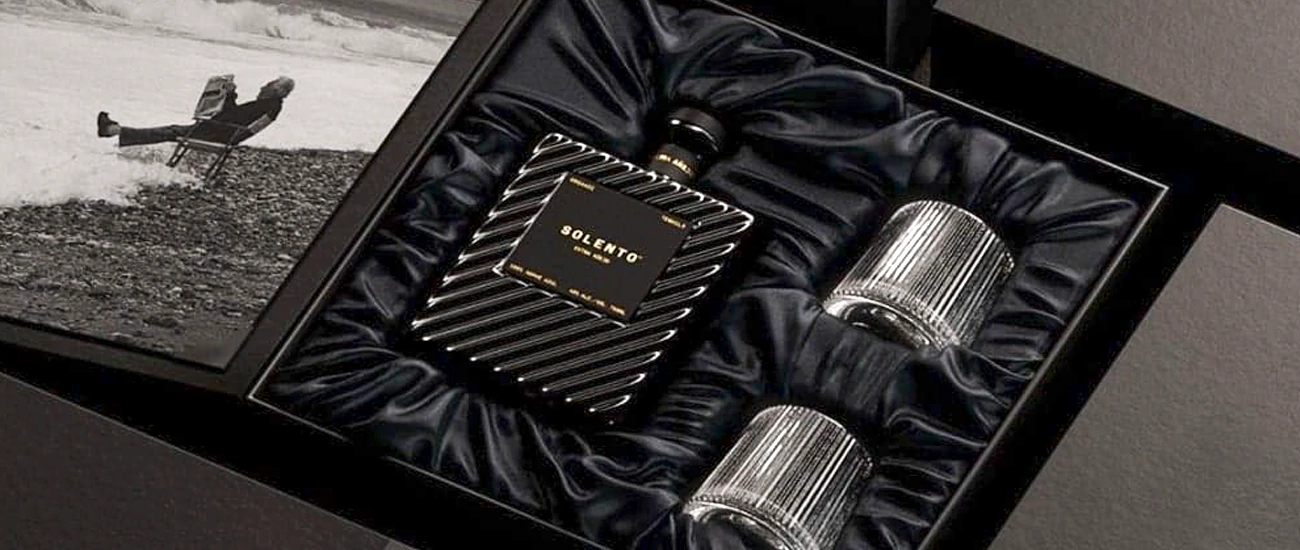
When it comes to shipping products, packaging is more than just a protective barrier. It's a critical factor in ensuring that your product arrives in perfect condition. Packaging box linings play a crucial role in providing the necessary protection, but have you chosen the right one? In this article, we'll explore the different types of packaging box linings, how they affect product protection, and what factors you should consider when making your choice.
Why is the Lining of the Packaging Box Important for Product Protection
The lining of a packaging box is the first line of defense for your products against damage during shipping. Whether you're shipping delicate electronics, fragile glassware, or heavy machinery, the right lining can make all the difference in product safety. But here's the kicker: choosing the wrong material or lining could result in costly damage, customer dissatisfaction, and lost revenue.
Packaging box linings serve multiple purposes. They cushion and absorb shocks from impacts, protect against moisture, and keep products stable during transport. For fragile items, especially those prone to breakage, a well-chosen lining can prevent the need for product replacements and returns. What's the real story here? The right choice of material not only protects your product but can also reduce the overall cost of damage claims and returns.
Additionally, choosing the right lining material can enhance the overall customer experience. Customers expect their products to arrive in pristine condition, and packaging plays a big role in that expectation. So, ensuring that your products are properly lined can improve customer satisfaction and encourage repeat business.
What Are the Common Types of Packaging Box Linings
When selecting packaging linings, you have several material options, each offering unique benefits. But here's where it gets interesting: not all linings are created equal. Understanding the different types can help you choose the best option for your product's needs.
Foam linings are one of the most popular options for protective packaging. They offer excellent shock absorption and cushioning, making them ideal for fragile products such as electronics and glass items. Foam comes in various forms, including molded foam and foam peanuts, which offer different levels of protection. Foam linings can be custom-shaped to fit the contours of your product, ensuring a secure and snug fit.
Bubble wrap is another commonly used material for product protection. It's particularly effective in preventing impacts and cushioning delicate items. Plus, it's lightweight, which can help keep shipping costs low. However, bubble wrap's protective properties can be compromised if it's not properly applied, so it's important to use the right amount to ensure adequate coverage.
Paper-based linings are becoming increasingly popular due to their eco-friendly properties. While not as shock-absorbent as foam or bubble wrap, paper linings can still provide adequate protection for less fragile products. Moreover, paper-based packaging is biodegradable and recyclable, making it a more sustainable choice for businesses that want to reduce their environmental footprint.
How Can the Right Lining Material Affect Product Integrity
Choosing the right lining material is more than just about protecting your product—it also plays a crucial role in maintaining the integrity of the product throughout its journey. A poor choice of lining material could lead to increased product wear, potential damage, or even a total loss.
For example, fragile items such as glass and ceramics require more robust protection than less delicate products. If you were to ship a delicate vase without adequate cushioning, there's a high chance it would arrive cracked or broken. This is where foam comes in. Foam provides a thick cushion that absorbs impact and prevents the product from moving around inside the box, keeping it secure and undamaged. Bubble wrap does a similar job but with a lighter touch, making it ideal for less fragile products.
Moisture can also pose a significant risk to products, especially if they are sensitive to humidity or water. If you're shipping items like electronics, moisture-resistant linings can be a game-changer. Using moisture-proof paper-based linings or adding a moisture-absorbing desiccant can prevent condensation or water from damaging the product during shipping. So, you might be wondering, how does this affect long-term product integrity? The right lining material can reduce the risk of wear and tear, ensuring that your products stay in top condition from warehouse to customer doorstep.
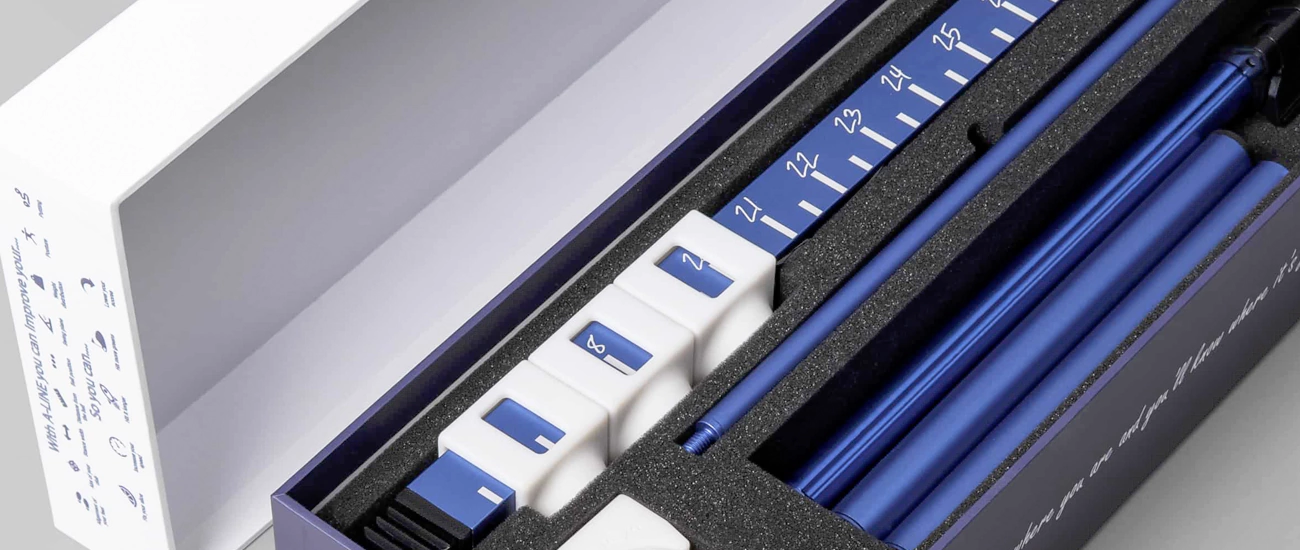
What Factors Should You Consider When Choosing Packaging Box Lining
Choosing the right packaging lining requires considering several factors, all of which can have a significant impact on the effectiveness of the protection. Making an informed choice could save you money, prevent damage, and enhance customer satisfaction.
Product fragility is one of the most important considerations. If you're shipping delicate or breakable items, you'll need a lining that provides strong impact protection, like foam or bubble wrap. On the other hand, if your product is less fragile—say, books or clothing—a lighter, more cost-effective lining like paper-based options might be sufficient.
Environmental factors also play a role in lining choice. If your products are being shipped internationally or across areas with varying climates, you'll want to choose linings that protect against temperature and moisture fluctuations. For instance, if your product is sensitive to moisture, you might want to look for moisture-resistant packaging options, such as foam with moisture barriers or desiccant packets.
Cost versus effectiveness is another crucial consideration. Packaging materials can add up, and finding the right balance between cost and protection is essential for keeping your shipping costs manageable while still offering top-notch protection. That's why it's important to evaluate the benefits and costs of each lining option. Sometimes, spending a little extra on better packaging can save you much more in damage costs and customer complaints down the line.
How Do Packaging Box Linings Affect Shipping Costs
Shipping costs are a crucial factor for businesses, and packaging plays a significant role in determining how much you pay for shipping. What's the real story here? While the right packaging box lining can provide excellent protection, it can also influence the overall shipping cost, so it's important to keep a close eye on the impact of your choice.
The weight of the lining material directly affects the total shipping weight. For instance, foam linings tend to be heavier than paper-based options, which can increase the overall shipping cost. If you're shipping lightweight products, it may be more cost-effective to opt for lighter linings like paper. On the other hand, heavier products require more durable linings, such as foam or custom packaging, to ensure protection.
Moreover, packaging volume also matters. The more material you use, the bulkier the package becomes, which can also affect shipping costs. However, custom linings that fit the product precisely can reduce wasted space and ensure that you're not paying for unnecessary bulk. But here's the kicker: finding a balance between packaging weight, protection, and cost is key to optimizing your shipping expenses.
What Are the Environmental Impacts of Packaging Linings
Sustainability is more important than ever in today's business world. And packaging plays a huge role in a company's environmental impact. But not all packaging linings are eco-friendly, and the wrong choice could leave a bigger carbon footprint than necessary.
Paper-based linings are often the most sustainable option, as they are recyclable, biodegradable, and made from recycled materials. Many companies are now opting for eco-friendly paper linings because they provide adequate protection without harming the environment. On the other hand, foam and bubble wrap are typically made from non-recyclable plastics, which can contribute to landfill waste.
Businesses that prioritize sustainability can often reduce their environmental impact by choosing recyclable or biodegradable packaging options. But it's not just about using eco-friendly materials—it's also about using the right amount of material to prevent waste. By carefully selecting the appropriate lining material, you can reduce your overall carbon footprint while still offering the same level of protection.
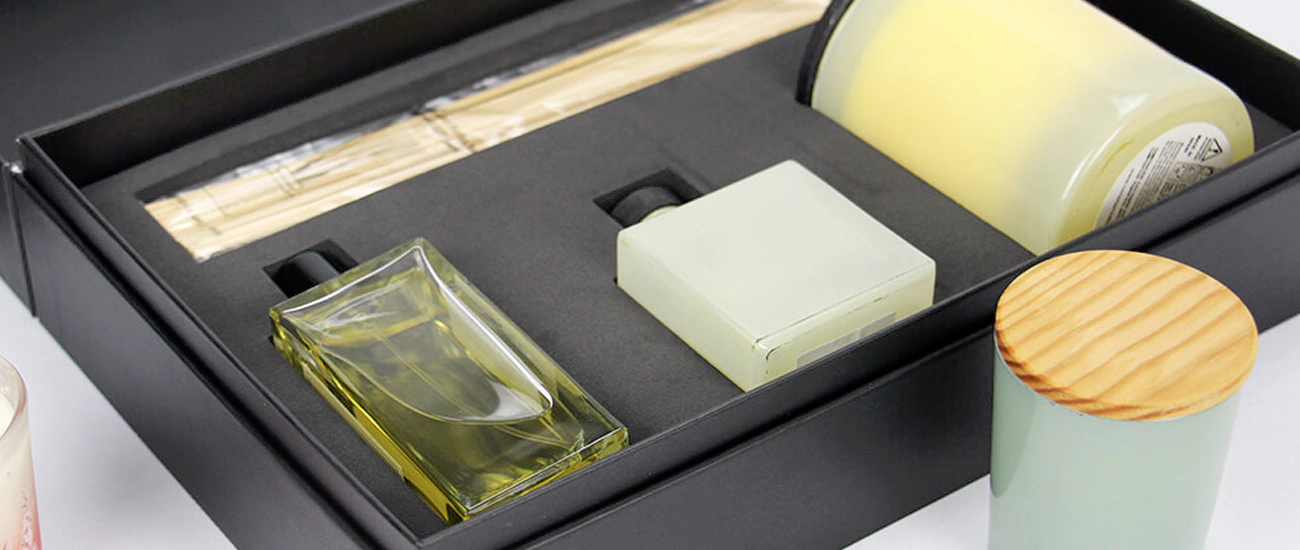
How Do You Choose the Right Packaging Box Lining for Fragile Products
When it comes to fragile products, packaging choice becomes even more critical. You might be wondering, what's the real story here? The right lining can make the difference between a satisfied customer and a return or damaged product.
For fragile products, the thicker and more shock-absorbent the material, the better. Foam, for example, is an excellent choice for products that need heavy protection. Custom-fit foam inserts can be molded to the exact shape of the product, minimizing movement inside the box and offering superior protection against impacts.
Another great option is bubble wrap, which, when properly applied, can cushion fragile items and absorb the shock of rough handling during transit. While bubble wrap is lighter and more cost-effective than foam, it still offers excellent protection for many fragile products.
It's also worth considering double-layered packaging for extra security. If you're shipping particularly delicate items like fine china or electronics, you might want to go the extra mile by adding an additional layer of padding inside the box to provide that extra level of protection.
How Can You Test the Effectiveness of Your Packaging Lining
Testing the effectiveness of your packaging lining is a crucial step before sending out products. You might be wondering, how can you be sure that your chosen packaging will keep your products safe? There are several methods to test the durability and protective qualities of your packaging materials, and it's essential to understand these options thoroughly.
One of the most common methods is the drop test. This is where your product, enclosed in its packaging, is dropped from a certain height to simulate the impact it might experience during shipping. The results of this test can help you evaluate how well your packaging performs in protecting fragile items. If your product survives the drop without damage, the lining is likely doing its job.
Another effective method is the compression test. During this test, the packaging is subjected to pressure, mimicking how the box might be stacked under heavy loads in transit. The idea is to see if the lining can withstand pressure without collapsing or failing to protect the product inside.
For products sensitive to moisture, a moisture test is essential. You can expose the packaging to humid conditions to see if moisture seeps through the lining. This test is particularly important for electronics or paper-based products, where moisture could cause significant damage.
Testing your packaging under realistic conditions ensures that your product will be properly protected, preventing costly damage and return rates. Don't take chances—always test your packaging before committing to it for large-scale shipping.
What Are the Most Common Mistakes in Choosing Packaging Box Linings
When selecting packaging box linings, there are several pitfalls that businesses often fall into. Avoiding these mistakes can save you money and significantly reduce the likelihood of product damage.
One of the most common mistakes is choosing the cheapest option without considering the level of protection required. While it may seem tempting to opt for the least expensive materials, this can backfire when your products arrive damaged, leading to costly replacements and unhappy customers. The truth is, investing in quality packaging often pays for itself in the long run by reducing damage claims.
Another mistake is overlooking the fragility of the product. Not all products require the same level of protection, so it's crucial to assess the fragility of each item. For instance, while bubble wrap might be sufficient for some products, more delicate items, such as electronics, may need custom foam inserts for added cushioning.
Ignoring environmental factors is also a frequent error. Shipping products across different climates requires packaging that can handle temperature and moisture changes. If you don't consider these factors, your products might arrive damaged, especially if they're sensitive to extreme weather conditions.
If you want to avoid these common mistakes, it's essential to thoroughly assess your products and their shipping conditions before selecting the right packaging material. That means being proactive in choosing materials that align with your product's needs and shipping conditions.
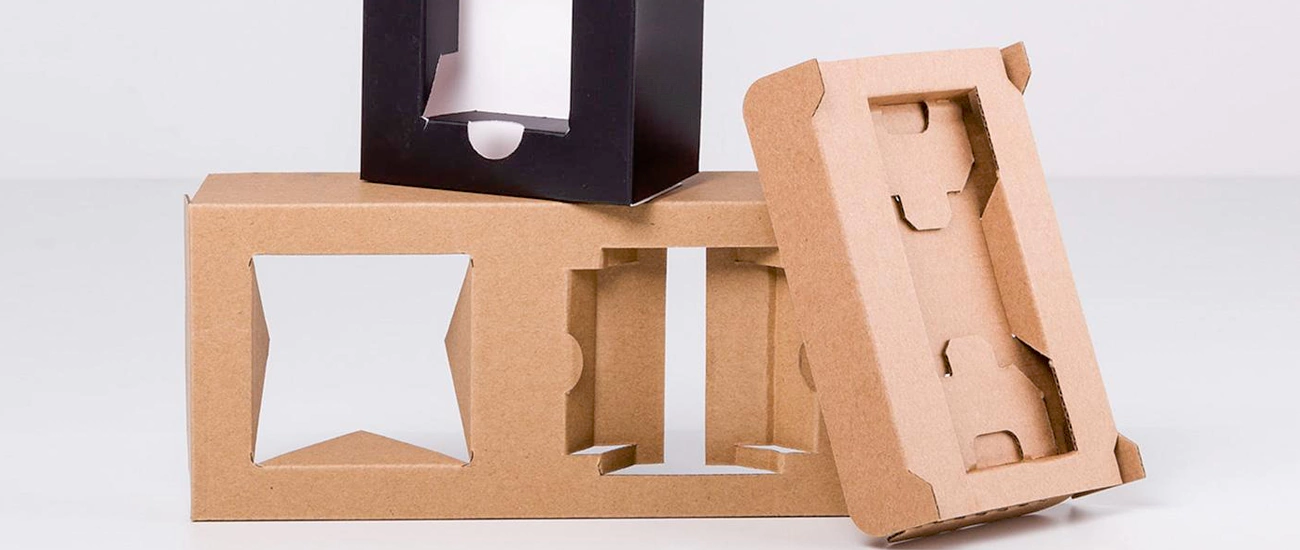
How Do Custom Packaging Linings Provide Enhanced Protection
Custom packaging linings are becoming increasingly popular for businesses that need extra protection for their products. What's the kicker? These custom-fit linings are designed to perfectly match the contours and specific needs of your products, providing enhanced protection against damage.
For example, if you're shipping high-end electronics, custom foam inserts can be made to fit each component precisely. This ensures that the product won't shift during transit, reducing the risk of impact damage. Custom linings also offer better use of space, minimizing the need for excessive filler materials like peanuts or bubble wrap, which can increase packaging waste and shipping costs.
Custom packaging also allows for greater product visibility during shipping, as the product can be showcased in a clean and well-organized manner. This is particularly important for items that require a high level of customer satisfaction or presentation, such as luxury goods or high-end apparel.
Custom packaging solutions not only provide superior protection but also offer an opportunity to enhance your brand's image and customer experience. Plus, by reducing waste and optimizing space, custom linings can lower overall packaging and shipping costs.
What Are the Advantages of Using Foam Linings for Product Protection
Foam linings are among the most popular choices for protective packaging, and for good reason. What's the real story here? Foam offers exceptional cushioning, shock absorption, and durability, making it an ideal choice for products that need extra protection during transit.
Foam can be molded into any shape, allowing it to perfectly fit your product. This is crucial for delicate items like electronics or glassware, which require a secure fit to avoid shifting during transport. Foam also has excellent shock-absorbing properties, which help protect against the impact of rough handling or falls.
Foam is also lightweight, which helps keep shipping costs down. Unlike other padding materials, foam doesn't add unnecessary weight to the package, making it an efficient choice for many businesses. Another advantage is that foam can be reused and recycled, offering an eco-friendly option for businesses looking to reduce their environmental impact.
Foam linings not only provide superior protection, but they also offer a high level of versatility and can be tailored to meet your specific needs. Whether you need custom shapes or shock-absorbing qualities, foam is an excellent solution for protecting fragile products.
What Should You Know About Paper-Based Linings for Packaging
Paper-based linings have become a popular choice for packaging due to their eco-friendly nature. While they may not provide the same level of impact protection as foam or bubble wrap, they are a great choice for less fragile items and for businesses looking to reduce their carbon footprint.
Paper linings come in several varieties, including corrugated paper, paperboard, and recycled paper options. These materials are often used as a protective buffer against scratches, dirt, and minor impacts. For example, paper-based packaging is perfect for shipping books, clothing, and non-delicate consumer goods.
Paper-based linings are biodegradable, recyclable, and offer a sustainable alternative to plastic-based packaging materials. They also cost less than foam or bubble wrap, making them an attractive option for businesses looking to save money on packaging costs. However, businesses should evaluate the fragility of their products before opting for paper-based linings, as these materials might not offer adequate protection for very fragile items.
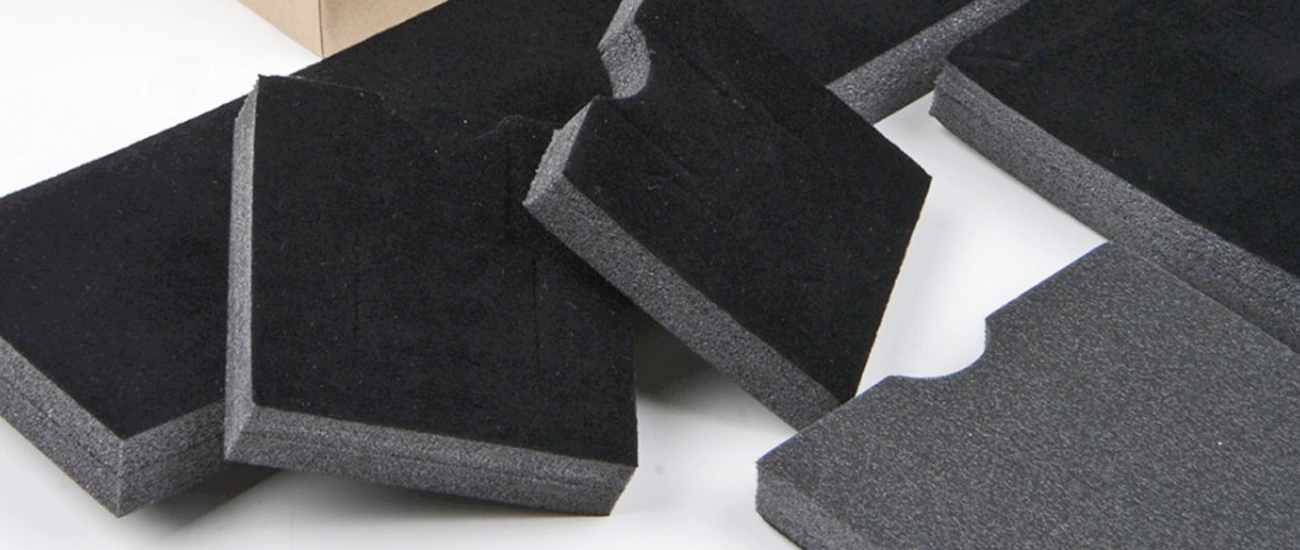
How Can Packaging Linings Be Improved for Enhanced Sustainability
Sustainability is a growing priority for businesses and consumers alike. Improving the sustainability of your packaging doesn't have to mean compromising on product protection. There are several ways you can improve your packaging linings to reduce environmental impact without sacrificing quality.
One option is switching to biodegradable materials. For instance, using biodegradable foam or paper-based linings can help reduce your carbon footprint while still providing adequate protection. These materials break down naturally over time, reducing landfill waste.
Another approach is to use recycled materials. By using recycled paper or foam, businesses can contribute to a circular economy, reducing the demand for new raw materials. This helps conserve natural resources and lowers production costs.
Making the switch to sustainable packaging solutions can improve your brand's image and appeal to eco-conscious consumers, all while offering the same level of protection for your products. Sustainable packaging also aligns with regulatory trends, as many countries are implementing stricter rules on packaging waste.
How Do Packaging Box Linings Influence Customer Perception
Packaging doesn't just protect your products—it can also influence how customers perceive your brand. High-quality packaging can enhance your brand's reputation, improve customer satisfaction, and even increase repeat business.
When customers receive a product that is well-packaged, it signals that the company cares about its products and values its customers. On the other hand, poor packaging can create the impression that the company is unprofessional or careless. For example, if your products arrive damaged due to poor packaging, it can lead to negative reviews and loss of customer trust.
Custom packaging with high-quality linings also allows for better presentation. If your product is neatly packaged and well-protected, it enhances the unboxing experience for customers, making them feel like they’ve received something valuable. The right packaging can create a lasting impression that goes beyond the product itself, contributing to brand loyalty.
How Can You Optimize Your Packaging for Both Protection and Branding
Optimizing your packaging is about balancing protection and branding. So, what's the kicker? Packaging isn't just about safeguarding your product; it's also an opportunity to enhance your brand identity and customer experience. By combining protective features with branding elements, you can create packaging that serves multiple purposes.
For example, custom branded linings can help reinforce your brand's visual identity. This could include adding your logo or brand colors to your packaging materials or creating custom foam inserts with your branding. It's an effective way to create a memorable experience for customers while maintaining product safety.
Additionally, eco-friendly packaging that aligns with your brand's values can strengthen your connection with customers who care about sustainability. Packaging that combines protection, branding, and sustainability can set your business apart from the competition and improve your customer loyalty.
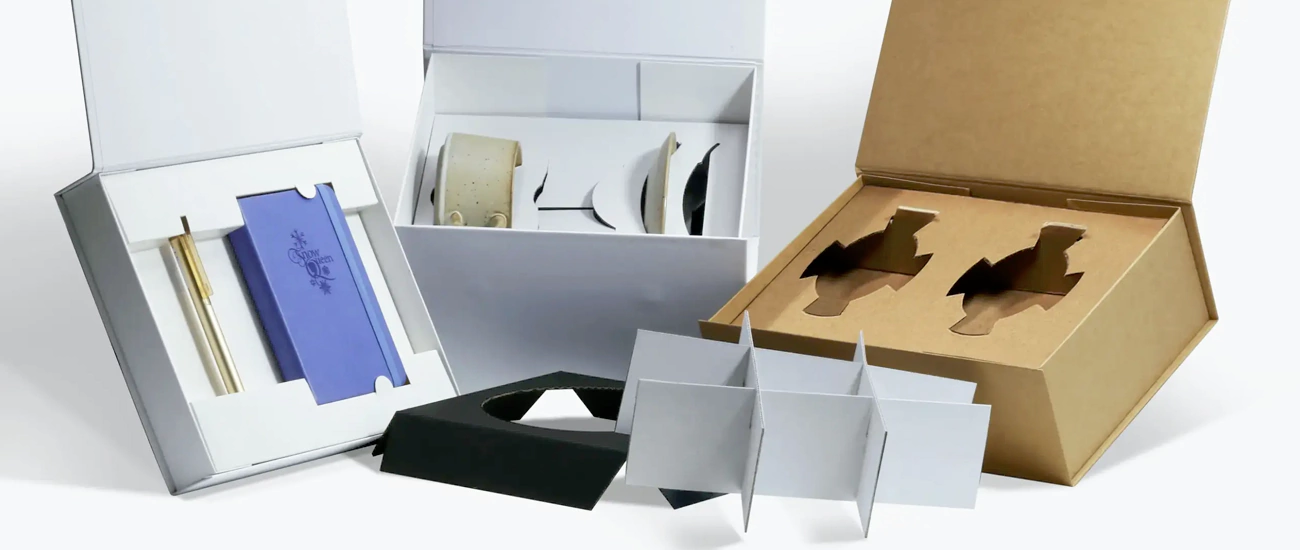
In conclusion, choosing the right packaging box lining is critical to ensuring that your products arrive safely and intact. By understanding the different types of linings and how they impact product protection, you can make informed decisions that not only safeguard your products but also enhance your brand image and customer satisfaction. Remember, the right choice of lining material can save you money, reduce returns, and build trust with your customers.Whether you prioritize sustainability, cost-effectiveness, or maximum protection, investing in the right packaging liners and packaging boxes is critical for any business seeking long-term success.


 Crown Win
Crown Win Customized Wine Packaging Box Printing Process Options
Customized Wine Packaging Box Printing Process Options 









